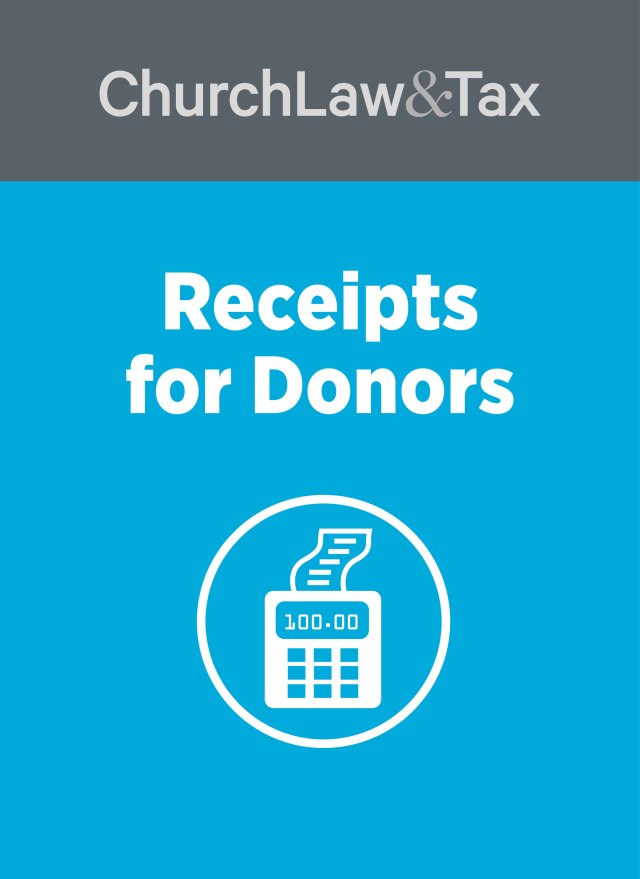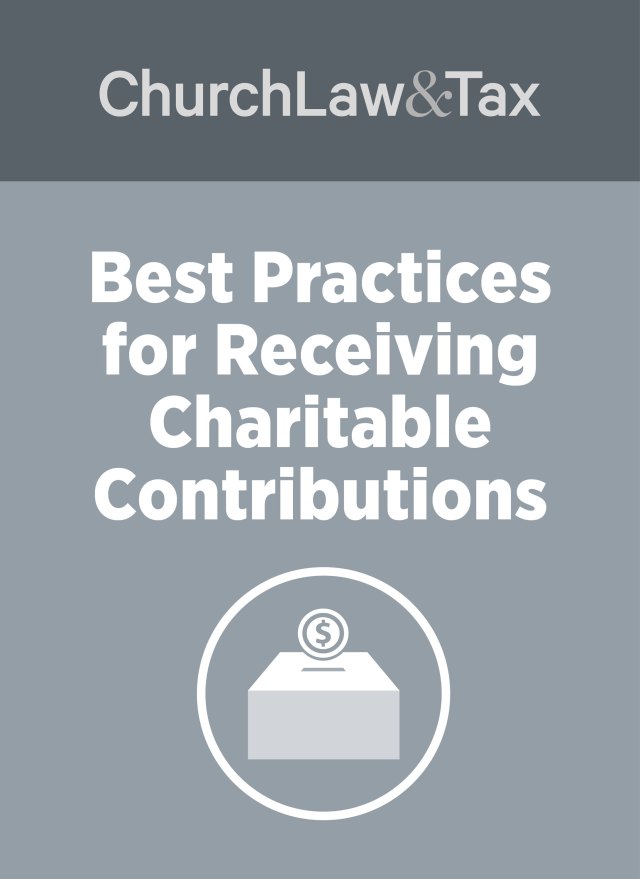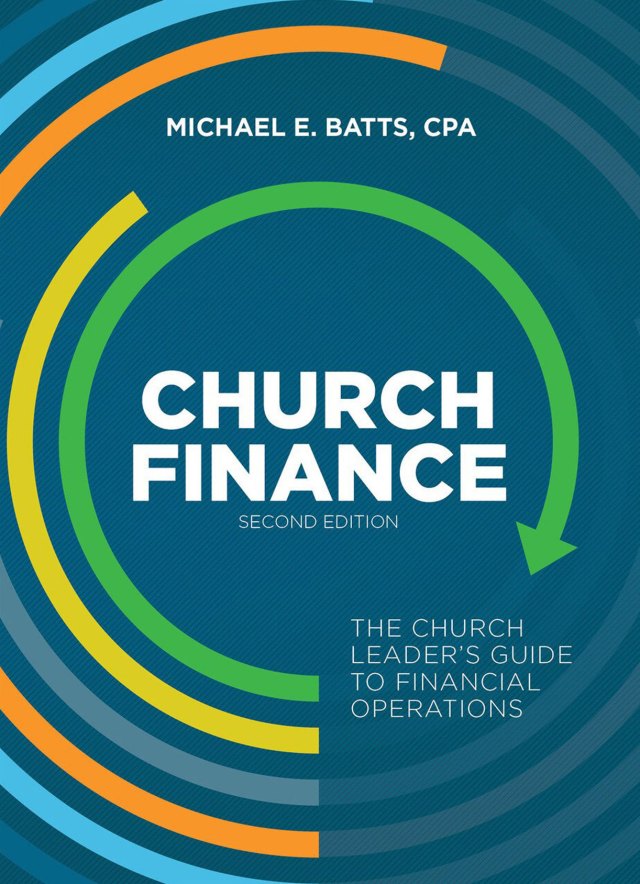The problem. Should church treasurers ever return a contribution to a donor? This is a question that nearly every church treasurer faces eventually. Such requests can arise in a variety of ways. Consider the following:
Example. A church member donates $1,000 to the church building fund in 1992. In 1994, the church abandons its plans to construct a new building. The member asks the church treasurer to return her $1,000 contribution.
Example. A church member donates $2,500 to his church during the first six months of 1994. In July of 1994 he experiences a financial crisis and asks the church treasurer for a refund of his contributions.
Example. A church member donates $2,000 to First Church during the first six months of 1994. In July of 1994 she becomes upset with First Church and begins attending Second church. She later asks the treasurer of First Church for a refund of her contributions.
General rule. A charitable contribution is a gift of money or property to a charitable organization. Like any gift, a charitable contribution is an irrevocable transfer of a donor’s entire interest in the donated cash or property. Since the donor’s entire interest in the donated property is transferred, it generally is impossible for the donor to recover the donated property. As we will see, there are a few exceptions to this general rule.
Undesignated contributions. Most charitable contributions are undesignated, meaning that the donor does not specify how the contribution is to be spent. An example would be a church member’s weekly contributions to a church’s general fund. Undesignated contributions are unconditional gifts. A church has absolutely no legal obligation to return undesignated contributions to a donor under any circumstances. In fact, there are a number of problems associated with the return of undesignated contributions to a donor. These include:
- Inconsistency. As noted above, a return of a donor’s contributions would be completely inconsistent with the church’s prior characterization of the transfers as charitable contributions. As already noted, a charitable contribution is tax-deductible since it is an irrevocable gift to a charity. If a church complies with enough donors’ requests to refund their contributions, then this raises a serious question as to the deductibility of any contribution made to the church. Contributions under these circumstances might be viewed as no-interest “demand loans”—that is, temporary transfers of funds that are recallable by donors at will. As such they would not be tax-deductible as charitable contributions.
- Amended tax returns. Donors who receive a “refund” of their contributions would have to be informed that they will need to file amended federal tax returns if they previously claimed a charitable contribution deduction for their “contributions”. This would mean that donors would have to file a Form 1040X with the IRS. In most states, donors also would have to file amended state income tax returns.
- Church liability. In order to avoid the potential penalty for “aiding and abetting” a taxpayer in the substantial understatement of tax, the church would need to notify the IRS of the return of the contribution. This notification would need to include the donor’s name, address, social security number, the date and amount of the earlier contribution, and the date the contribution was returned. Failure by the church to notify the IRS of the return of the contribution could result in a penalty under section 6701(b) of the Internal Revenue Code of $1,000 for aiding and abetting in the substantial understatement of tax. The church should inform the donor if it plans to notify the IRS of the returned contribution.
- “Refund department”. Compliance with a donor’s demand for the return of a contribution would morally compel a church to honor the demands of anyone wanting a return of a contribution. This would establish a terrible precedent.
Conclusion. Churches should resist appeals from donors to return their undesignated contributions. There is no legal basis for doing so, even in “emergencies”. Honoring such requests can create serious problems, as noted above. Our recommendation—do not honor such requests without the recommendation of an attorney.
Designated contributions. Often a donor will make a “designated” contribution to a church. That is, the donor designates how the contribution is to be spent. For example, a donor contributes a check in the amount of $500 and specifies that it be used for missions, or the building fund, or some other specific project. Designated contributions are held by the church “in trust” for the designated purpose. So long as the church honors the designation, or plans to do so in the foreseeable future, it has no legal obligation to return a donor’s designated contribution. Quite to the contrary, returning a donor’s designated contribution under these circumstances would create the same problems associated with the return of undesignated contributions (summarized above). Those problems should be reviewed again.
What if a donor contributes money to a church’s building fund and the church later abandons its plans to construct a new facility? Such contributions are conditioned on the church pursuing its building program. When the condition fails, the contribution is revocable at the option of the donor. Should the church refund designated contributions to donors under these circumstances? There are a number of possibilities, including the following:
• Donors can be identified. If donors can be identified, they should be asked if they want their contributions returned or retained by the church and used for some other purpose. Ideally, donors should communicate their decision in writing to avoid any misunderstandings. Churches must provide donors with this option in order to avoid violating their legal duty to use “trust funds” only for the purposes specified. Of course, churches should advise these donors that they will need to file amended tax returns if they claimed a charitable contribution deduction for their contributions in a prior year. As noted above, the church may want to inform donors that it must notify the IRS of any return of a charitable contribution in order to avoid the potential penalty for “aiding and abetting” a taxpayer in the substantial understatement of tax.
Key point. Often, donors prefer to let the church retain their designated contributions rather than go through the inconvenience of filing an amended tax return.
• Donors cannot be identified. A church may not be able to identify all donors who contributed to the building fund. This is often true of donors who contributed small amounts, or donors who made anonymous cash offerings to the building fund. In some cases, designated contributions were made many years before the church abandoned its building plans, and there are no records that identify donors. Under these circumstances the church has a variety of options. One option would be to address the matter in a meeting of church members. Inform the membership of the amount of designated contributions in the church building fund that cannot be associated with individual donors, and ask the church members to take an official action with regard to the disposition of the building fund. In most cases, the church membership will authorize the transfer of the funds to the general fund. Note that this procedure is appropriate only for that portion of the building fund that cannot be traced to specific donors. If donors can be identified, then use the procedure described above. Another option is to ask a court for authorization to transfer the building fund to another church fund. Many states have adopted the Uniform Management of Institutional Funds Act, and this Act permits churches to ask a civil court for authorization to remove a restriction on charitable contributions. The Act provides:
If written consent of the donor cannot be obtained by reason of his death, disability, unavailability, or impossibility of identification, the governing board may apply in the name of the institution to the [appropriate] court for release of a restriction imposed by the applicable gift instrument on the use or investment of an institutional fund …. If the court finds that the restriction is obsolete, inappropriate, or impracticable, it may by order release the restriction in whole or in part.
Other options are available. Churches should be sure to consult with a local attorney when deciding how to dispose of designated funds if the specified purpose has been abandoned.
• Some donors can be identified, and some cannot. In most cases, some of the building fund can be traced to specific donors, but some of it cannot. Both of the procedures summarized above would have to be used.
Key point. This article has focused on building funds. The same analysis is relevant to contributions that designate any other specific purpose or activity. Other examples include contributions designating a new organ, a missions activity, or a new vehicle.
This article originally appeared in Church Treasurer Alert, July 1994.




